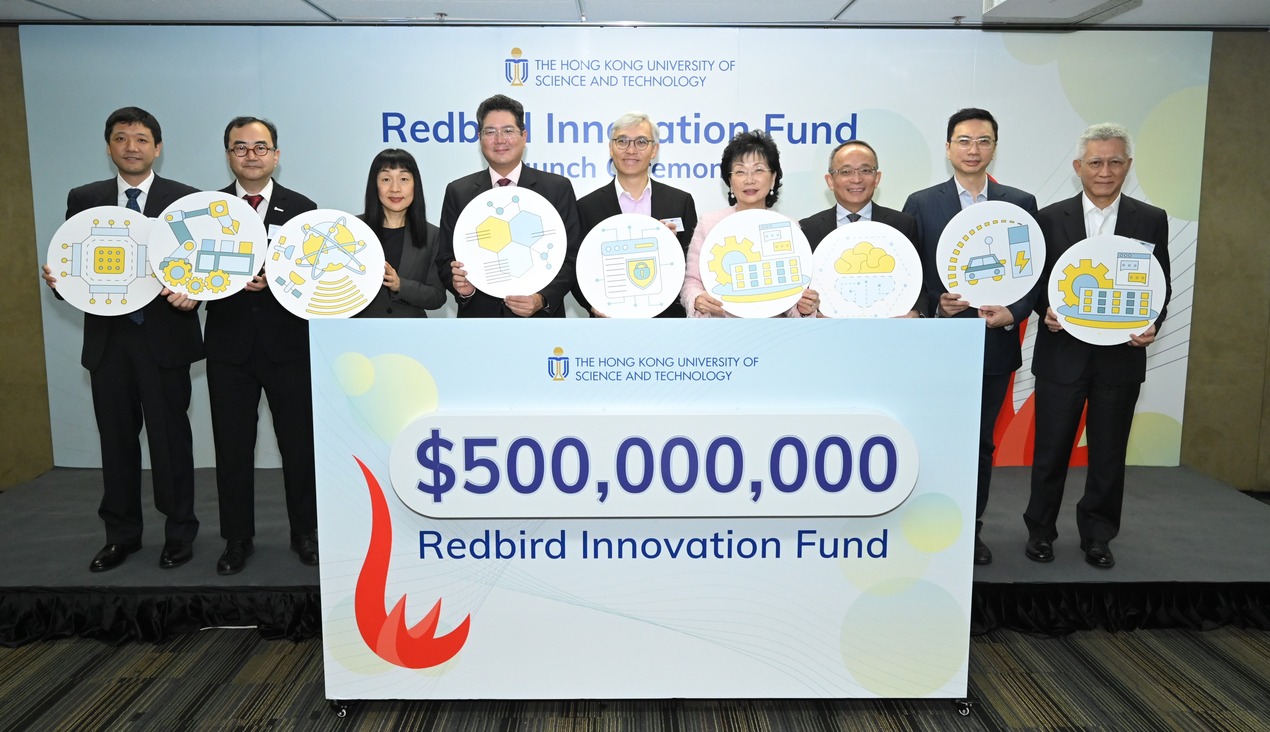
The Australian Nuclear Science and Technology Organisation (ANSTO) is developing innovative technology that can repurpose used Personal Protective Equipment (PPE) by converting it into raw materials for 3D printing. Using advanced technology, engineers and scientists are now able to extract materials from items such as outdated masks, gowns, sterile wraps, and other hospital equipment that would otherwise be discarded. These materials can then be used as feed stock in the 3D printing process.
This novel recycling technology for PPE is the result of a collaboration between the Australian Nuclear Science and Technology Organisation (ANSTO) and an innovative printing company. According to the CEO of the printing company, there is growing concern about the substantial amounts of PPE waste generated during the COVID pandemic, and their objective is to identify a sustainable and practical solution.
The CEO stated that nowadays, the use of PPE has become a routine aspect of daily life, whether it’s wearing a mask to take public transportation or to attend a medical appointment – it has become an essential element of living with COVID. However, this practice has also resulted in the challenge of generating more landfill waste.
The solution being developed, in collaboration with ANSTO, aims to use the raw materials found in discarded or outdated PPE, such as masks and sterile wraps, as the feedstock to produce the filament – or “food” – for 3D printers. As a result, the mask being worn today could eventually be utilised as part of a water tank, fence posts, machinery components, and even airplane parts.
The leader of Materials Development and Characterisation at ANSTO stated that the agency possesses a team of skilled researchers and engineers who possess the necessary expertise to tackle technical challenges involved in the development and validation of performance for these recycled materials.
The challenge involves repurposing materials from the disposable economy and converting them into durable manufactured goods that can have a longer life cycle than the initial product. The objective is two-fold: to decrease the amount of waste sent to landfills while simultaneously producing an environmentally and economically advantageous product.
A multi-stage decontamination process will be employed for the collection and processing of used PPE. Following decontamination, the PPE will be melted at high temperatures and transformed into a liquid state to form 3D printing polymer filament.
The collaborators are working with partners in the medical waste industry to streamline collection and separation processes that can be implemented in hospitals, medical centers, emergency services vehicles, and hotels.
Since the Covid-19 outbreak began, roughly 1.6 million tonnes of plastic waste has been generated each day globally, and 3.4 billion single-use facemasks are discarded daily as a consequence of COVID-19. In addition to PPE recycling, the technology under development by the printing company presents the potential for recycling other plastics and materials as well.
By 2028, the global waste recycling services market is expected to be worth US$81.3 billion, growing at a compound annual growth rate (CAGR) of 5.2% during the forecast period. A key driver of this market’s growth is rising consumer awareness about the advantages of waste recycling.
The COVID-19 pandemic also led to the emergence of pandemic waste, which includes gloves, masks, respirators, and their packaging, due to lockdown restrictions that disrupted waste collection activities, leading to an increase in waste generation.
















